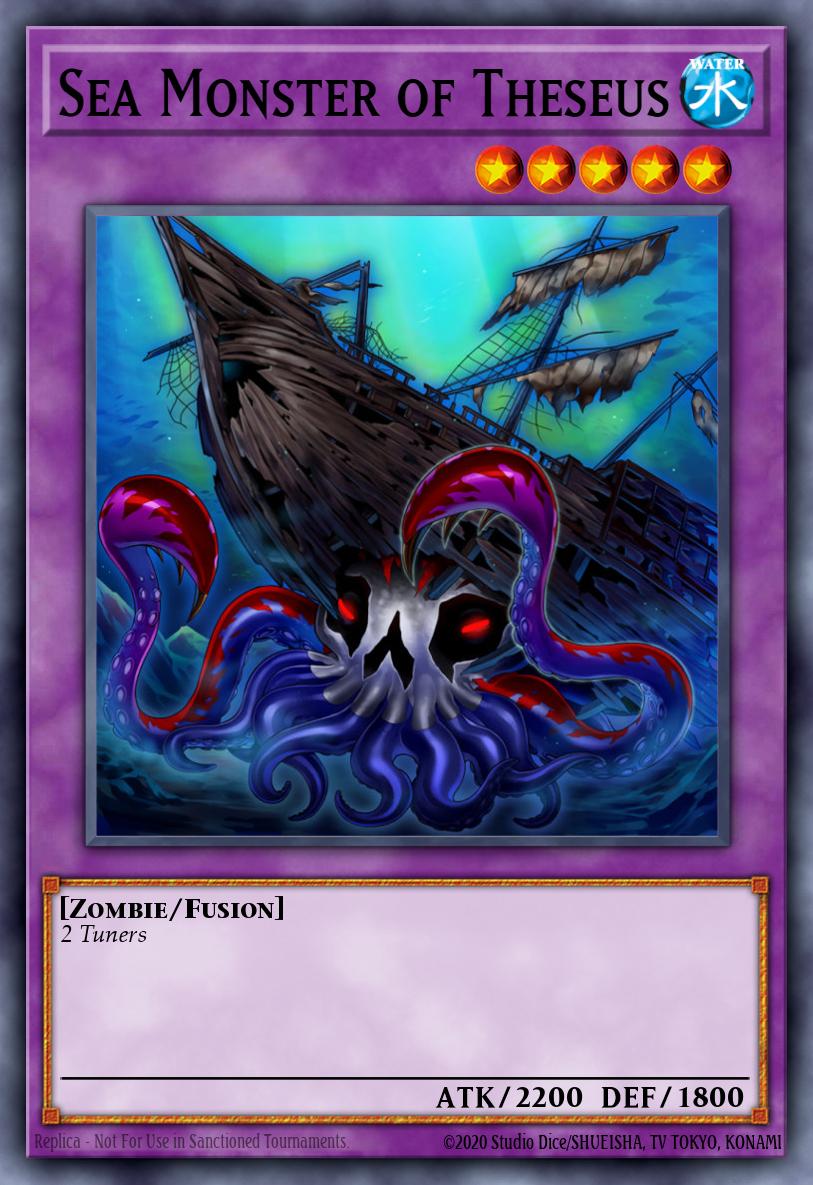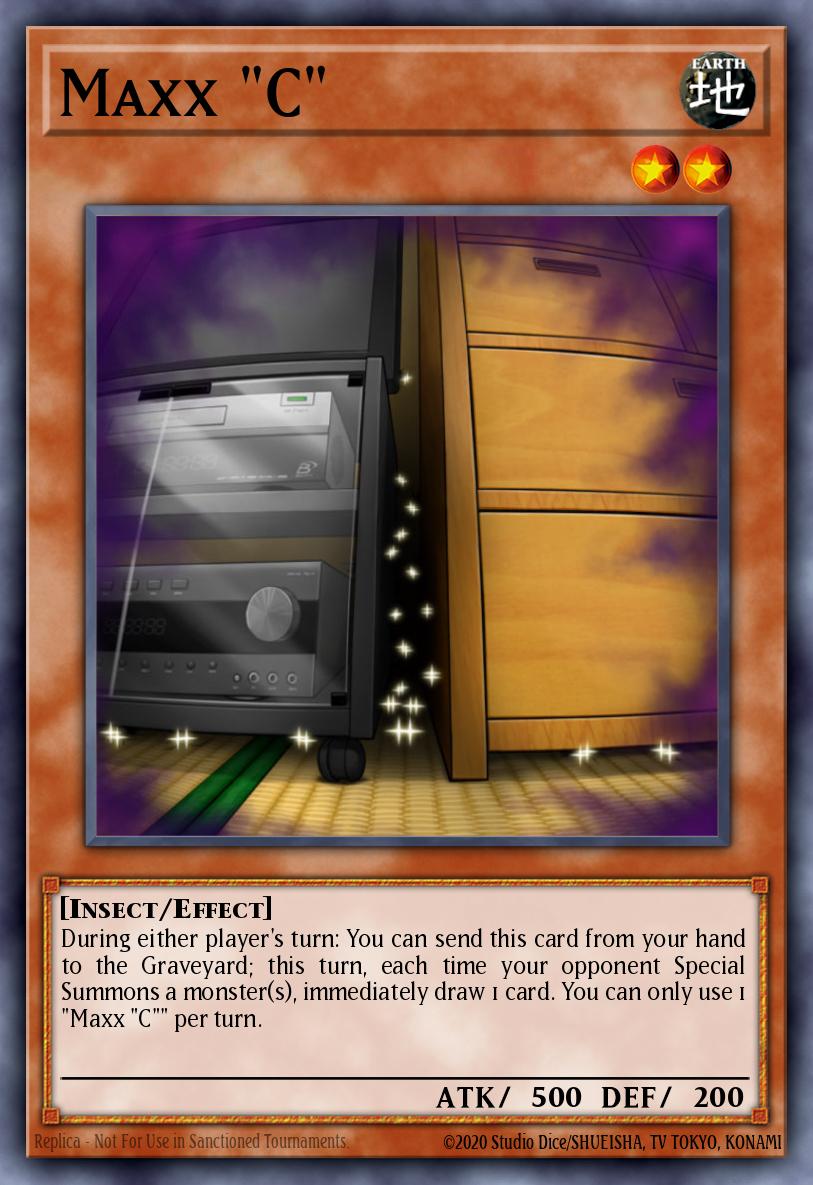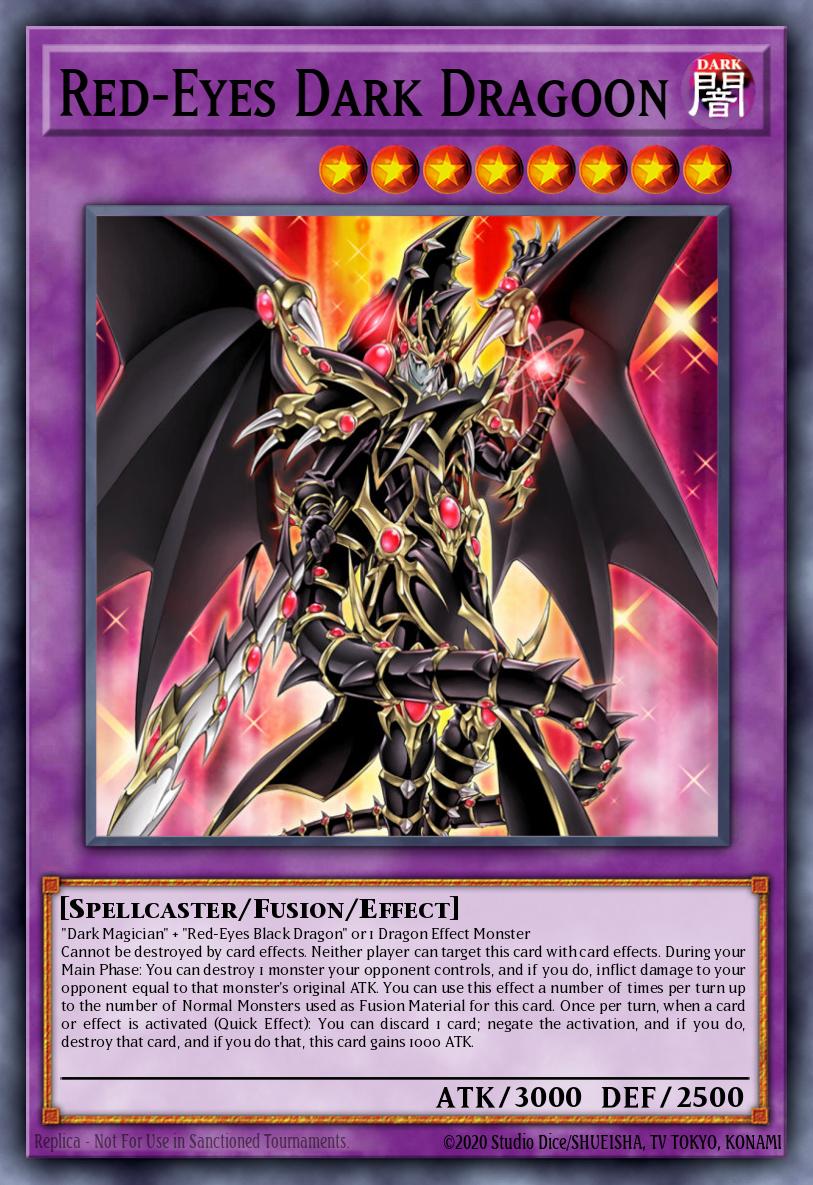Recently, Konami announced the Normal Spell Three Tactical Talents for Rise of the Duelist. This Spell card set off immediate shockwaves in the community upon its announcement. Yugioh players speculated that it would be an expensive, sought-after Secret Rare and a staple card in the metagame. People have already begun calling it "the best card of 2020".

Sea Monster of Theseus 2020
Looking at Three Tactical Talents (henceforth TTT), it's not hard to understand these opinions. You can activate the card as soon as your opponent has activated a monster effect during your Main Phase. TTT's effect is essentially a choice between Pot of Greed, Change of Heart, and The Forceful Sentry.
Each of these powerful Spells has been on the Forbidden List since 2005 and with good reason. Now it seems as though Konami has re-released all three in a single card, with a laughably simple activation requirement. Surely with how powerful those Forbidden Spells are, TTT must be an incredibly good card as well.

Shunping Xu and Situational Usage
Shunping Xu, champion of YCS Pasadena 2018 and UDS Tulsa this year, disagrees. In a Facebook post, Shunping called the card "very mediocre" and "maybe even too situational... to be played." He elaborated on why he views TTT as a subpar card with reference to both the OCG and TCG. Shunping further considers the application of TTT in both combo and "Beatdown" (control/stun) decks.
In the OCG, states Shunping, any combo deck must be built with the polarizing Maxx "C" in mind. To this end, OCG combo deckbuilding is limited by the need to play Maxx counters: Ash Blossom & Joyous Spring, Called by the Grave, and the OCG-only Crossout Designator + a Maxx of one's own. Due to this, there is little space for a combo deck to fit in TTT. In addition, the card is largely superfluous as it does not really help matters when the opponent does resolve Maxx.
TCG combo decks do not need to worry about Maxx "C", of course. Shunping analyzes combo's main opponents in the TCG format in light of Maxx's absence, and concludes that there are three primary ways decks build in the TCG that can affect combo:
- Large numbers of handtraps mained, such as Salamangreat or Invoked
- Few to no handtraps mained, as in other combo decks that do not look to dilute their engine with potential bricks
- Large amounts of maindecked boardwipes and blowout cards such as Evenly Matched or Lightning Storm
In light of this analysis, Shunping concludes that TTT will very likely be a dead card against build-type 2 or 3 decks. The handtraps that these decks do play also tend to be high-impact cards such as Nibiru, the Primal Being. TTT is not a consistent comeback card if an opponent resolves a card like Nibiru for a massive swing in advantage.
One might consider that TTT could be useful against build-type 1 decks. Shunping agrees to an extent, but argues that because of TTT's extremely situational utility, better cards exist that can fulfill its role which are more likely to be strong against decks that TTT would do little against.
One could argue that Shunping is ignoring the possibility of using TTT going second, but if we assume his statements are accurate and TTT is subpar as a going first card in combo decks, it is incorrect to play TTT as a going second card. Three-time premier event champion Patrick Hoban stated that it is never correct to play cards that do nothing going first in a deck that aims to go first, as these cards do nothing to help your strategy.
As for the decks Shunping terms "Beatdown," low-ceiling control decks such as Subterror, TTT does not add much utility for them either. Going first, Shunping argues, it is better to have a real trap card than something situational like TTT. Going second, it is better to play cards that actually do something to prevent your opponent building a board. These statements are essentially true for control decks in both the OCG and TCG, according to Shunping.
Side Card?
Surely, then, TTT would be a good side deck card. You could simply avoid having it in undesirable situations by bringing it in only when it would be useful. Even here, however, Shunping is skeptical about the card's utility. He considers TTT too situational, considering the metagame diversity of recent formats. When large numbers of decks are viable contenders, side deck space is at a premium. Side cards must have utility in many different situations. Shunping considers TTT to have less utility than more proactive cards like Dark Ruler No More or PSY-Framegear Gamma.
Shunping does note, however, that while TTT is an extremely situational card, that does not mean it is inherently awful. In less diverse metagames, TTT may well shine. Shunping notes the Tier 0 Zoodiac formats in particular as ones where TTT could have been an interesting card.

Counterpoint: It Says Draw 2
To be certain, there was some disagreement with Shunping's assertions. Reigning Asian champion Louren Vidad stated that TTT could certainly find a place in the OCG metagame. Vidad spoke to OCG players' preference for large numbers of handtraps making TTT live more often, as well as the existence of Red-Eyes Dragoon. Dragoon has largely warped the OCG metagame around itself, and TTT can be used to steal Dragoon after its negation effect is baited.
There is definite merit to Vidad's statements. However, Vidad himself admits that they are only relevant to the OCG. Dragoon is admittedly a problem card, and one coming to the TCG within a few months. Shunping has considered Dragoon, however, and confirms his belief that it is better to counter Dragoon with cards that are less situational than TTT. Kaijus, for instance, counter not only Dragoon but other threats for which TTT would be superfluous.
Personal Opinion
I find Shunping's arguments against TTT in the current metagame environments to be fairly persuasive. Going first, TTT is a card that requires your opponent to do something before it can be used. To paraphrase Hoban again, it is almost never correct to play cards that rely on your opponent doing something to be good. Called by the Grave is simply a better card against handtraps, as it can provide utility on the opponent's turn if not used on your own. Unlike TTT, it also protects your own play and forces it through.
Going second, TTT could potentially be useful playing into combo boards such as those Adamancipator can make. However, TTT is not a standalone card. For it to be useful going second, one of your cards will presumably have already been stopped or negated by an opponent's monster effect. Cards like Forbidden Chalice or Kaijus don't require any prior setup to be useful.
Conclusion: Maybe Consider It Again
Essentially, TTT is a card that is only good if your opponent makes it good. As Vidad stated, the card may certainly have utility and be worth the situational cost. I must respectfully disagree that it is worth playing in the TCG, assuming the recent spate of diverse formats continues. I can only imagine drawing a hand containing TTT going first and thinking that I have an entirely dead card in hand unless my opponent does something to make it actually usable.
Three Tactical Talents is certainly a card with an incredible amount of power. Despite that fact, the utility cost of that power may simply not be viable in the metagame. It may be wise to step back from initial reactions to the card's raw power and consider it in further depth.




